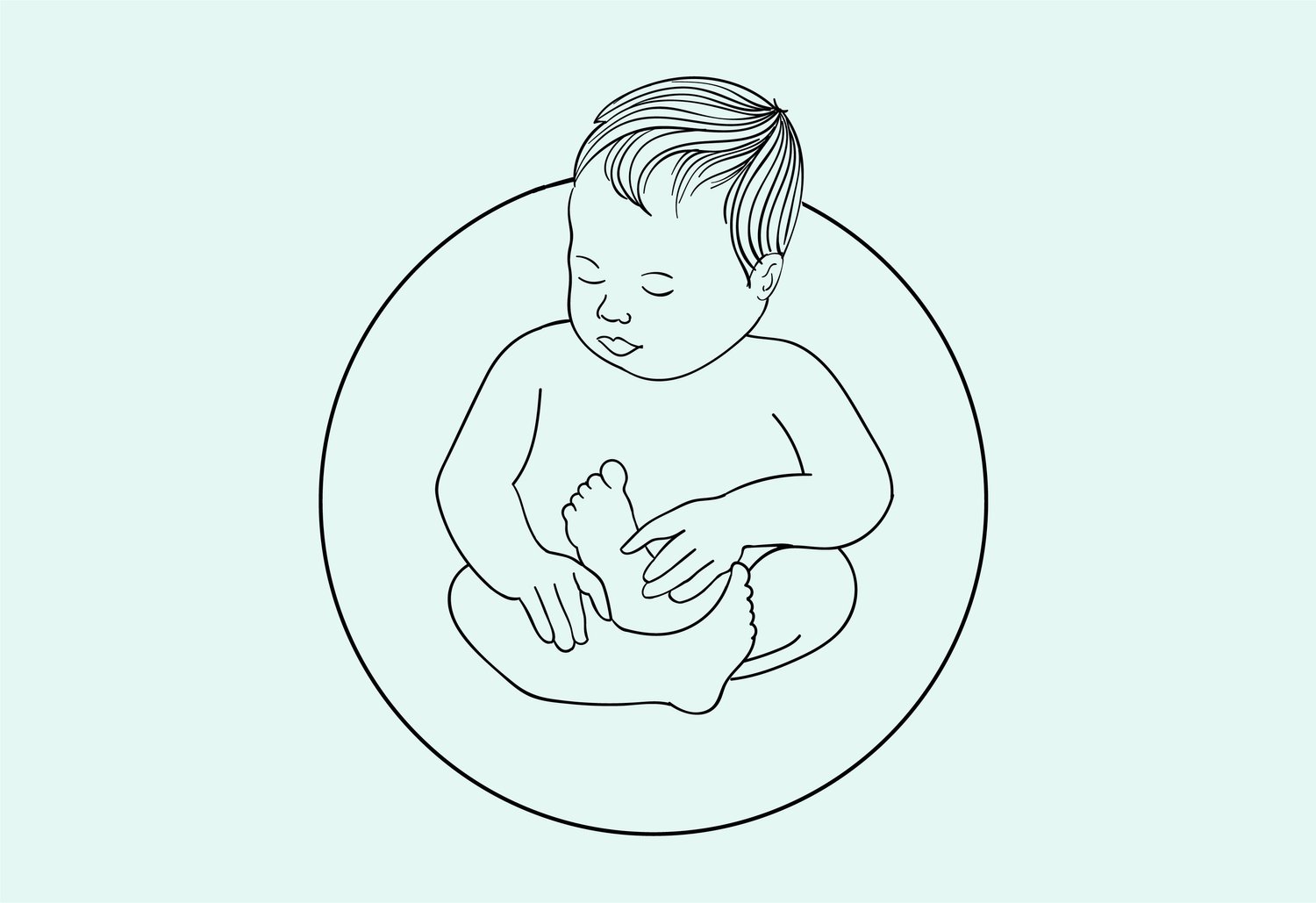Your Children Will Thank You Part 2: How to Print Your Family Photos
In installment one, I talked about the importance of prints for your family photographs. I grew up in a household where the walls were covered with photographs of us and I thought that was the norm, until I got older. It is still one of my greatest joys to see my photographs up on client walls and so one of the things that I want to help you with is the best way to print for lasting quality and impact.
Most of my photography clients on Martha’s Vineyard - whether family, newborn, or wedding - want to print their images, but one question that I often get asked is, where should I get them printed?
Getting a photograph printed these days is actually far easier than it used to be. In the old days, unless you had your own dark room, you could maybe send your roll of film off and wait a couple of weeks before getting your prints back. And it was always somewhat of a surprise to see what you had actually taken a photo of - and while I have some nostalgia for the days before instant gratification (in so many areas of our life), I far appreciate the real-time information that digital photography provides.
So it’s very easy - almost any big box store has a kiosk where you can upload your files and print out your images in just a few minutes. But I don’t recommend that, at all. Those prints will not last more than a year or so before the colors on them start to change and degrade. As a photographer, I work hard to keep my colors accurate (more on that below), so I really don’t like to see photographs that have changed color due to inferior printing.
There are also many online labs that are the equivalent of these big box kiosks. Shutterfly is probably the most well-known. And they do a fine job if you just need something fast and you don’t care if it lasts a long time and you don’t care if the colors are accurate.
The next best option that I often recommend to clients who want to do their own printing is BayPhoto. Their prints are accurate colors, quality papers, and reasonable costs. But if you want your prints to last for your descendents with truly archival prints that stand the test of time, it’s important to use a professional lab through your photographer (most professional labs will only work with professional photographers).
One crucial consideration of displaying your photographs and printing your images is the question of color management. All screens display colors slightly differently - some are warmer, and images appear more yellow; some cooler, and images appear more blue. Some screens display colors with deeper saturation. These screen differences are an important reason why it’s best to print your images, not just to display them on your screens, and also why it’s important to use a professional lab. My computer monitor is calibrated for the most accurate colors, and I have matched it to the printer profile at the lab I use, which means that the prints I make you are the most accurate they can be to what they should look like.
Another aspect to consider when printing your images is the crop ratio. When cameras were the old 4x5 style, the crop ratio of 8x10 was the most prominent and the most useful. That size became somewhat the standard - for example, frames are easily found in 8x10 size. Modern digital cameras use a native ratio of 2:3, which means 8:12 is the standard size. If there isn’t room on the edges of the image where unnecessary elements can get cut off, that image can’t print at an 8x10 size without cropping. When I deliver a gallery to my clients, I typically crop images to 8x10 as the standard (but I can also deliver them uncropped).
Next in the installment: Part 3 Why Yearly Family Photographs Matter
If you’re looking for your own images worthy of printing or you want to work with a photographer who offers archival prints and products, I’d love to hear from you.
